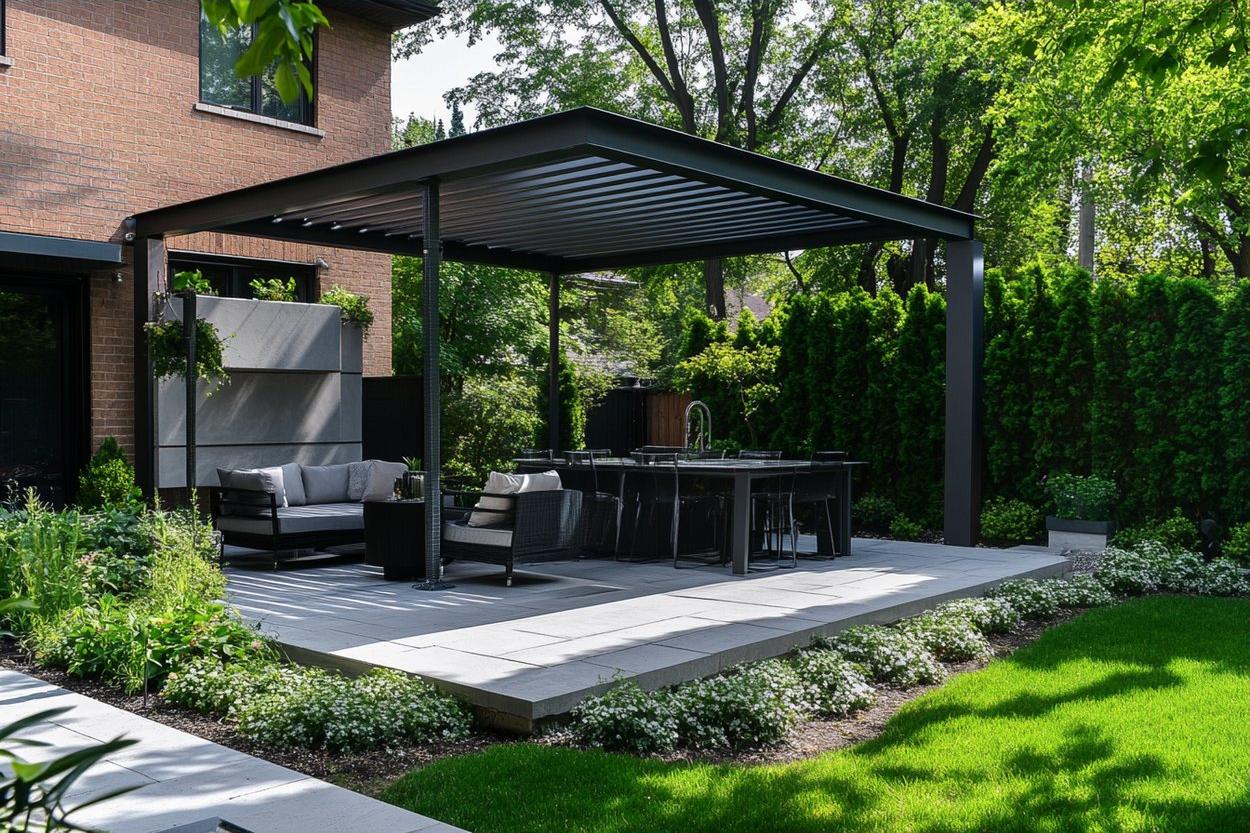Practical seasonal routines for refreshing indoor and outdoor spaces
Create manageable seasonal routines to refresh both interiors and outdoors. This guide outlines practical tasks—from decluttering and lighting tweaks inside to landscaping, irrigation checks, and composting outside—so you can maintain comfort, improve function, and support sustainability year-round.

Start each season with a concise checklist that balances upkeep with small improvements. Seasonal routines help prevent deferred maintenance, protect finishes, and create a comfortable, organized home. By breaking work into weekly or monthly tasks, you can refresh decor and flooring, adapt lighting for changing daylight, rotate indoor greenery, and prepare outdoor systems like irrigation and patio furniture. The steps below cover actionable items for interiors and outdoors, with attention to sustainability and DIY-friendly approaches.
Interiors: decor, organization, and flooring
Refreshing interiors begins with a focused declutter and organization session. Start by sorting surfaces, storage areas, and closets into keep, repair, donate, or recycle piles. Rotate or layer decor to reflect seasonal colors and textures—swap lightweight throws for warmer options in cooler months and bring breathable fabrics forward in warm seasons. Inspect flooring for stains, loose boards, or grout needs; schedule repairs or deep-cleaning as needed. Small changes in placement, a refreshed rug, or updated cushion covers can energize a room without a full renovation.
Outdoors: landscaping, patio, and greenery
Seasonal outdoor routines center on the health of plants and the usability of patios and borders. Prune shrubs after flowering periods, remove dead material, and mulch beds to retain moisture and suppress weeds. Clean and treat patio surfaces—pressure-wash stone, sweep decking, and check furniture for wear. Introduce seasonal pots with appropriate plant choices to maintain greenery through temperature shifts. Consider planting native species to reduce irrigation needs and support local biodiversity while keeping landscaping manageable.
Renovation planning and seasonal maintenance
Use seasonal check-ins to plan larger renovation work and prevent urgent fixes. Compile a running list of needed repairs—roof flashing, exterior paint touch-ups, window seals, or interior fixes such as worn flooring or outdated finishes. Schedule disruptive tasks for mild weather to minimize impact on comfort. For interiors, align renovation timelines with seasonal shifts so finishing work like painting or flooring installation occurs when humidity and temperature are favorable for materials and adhesives.
Lighting updates for interiors and outdoors
Adjust lighting as daylight hours change to maintain comfort and safety. Indoors, evaluate layered lighting: ambient, task, and accent. Replace bulbs with energy-efficient options matched to desired color temperature for each room. Outdoors, inspect pathway and security lighting, and test timers or smart controls. Update fixtures where corrosion or wear exists and ensure bulbs are rated for outdoor conditions. Thoughtful lighting refreshes atmosphere and extends usable hours on patios and porches.
DIY projects and seasonal organization
Incorporate small DIY tasks into seasonal routines to spread effort and cost. Simple upgrades—replacing cabinet hardware, sealing grout, re-treating decking, or adding shelves for better organization—can be completed over a weekend. Maintain a basic toolkit and a schedule for periodic tasks like filter changes, gutter clearing, and checking smoke detectors. Label storage boxes, use clear containers for seasonal items, and keep an accessible list of supplies needed for recurring maintenance to streamline future seasons.
Sustainability: irrigation, composting, and plant care
Integrate sustainability into seasonal work by optimizing irrigation, starting or tending compost, and choosing resilient plants. Inspect irrigation systems before peak use—check emitters, timers, and pressure to avoid waste. Establish or turn compost piles in spring and autumn to recycle garden and kitchen waste, then use finished compost to improve soil structure. Opt for drought-tolerant or native greenery to reduce water needs and maintenance. These practices support healthier landscapes and lower ongoing resource use.
Conclusion A seasonal routine tuned to your property’s needs keeps interiors and outdoors functional, attractive, and efficient. Regular organization, targeted maintenance, and small refreshes in decor, lighting, and landscaping reduce the need for larger renovations and help preserve materials. By planning tasks across the year and incorporating sustainable habits like composting and irrigation checks, you maintain comfort and extend the lifespan of home elements while keeping effort predictable and manageable.





